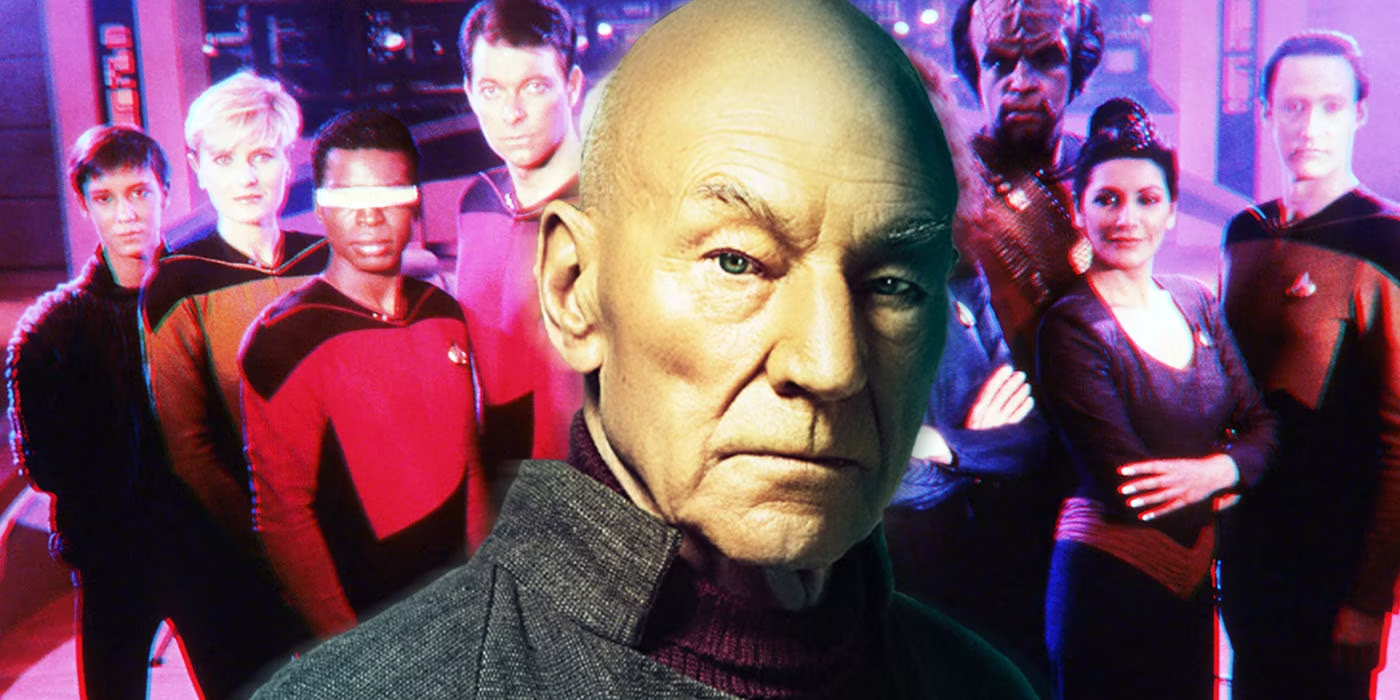In the vast expanse of the Star Trek universe, where countless stories of exploration and adventure have unfolded, Patrick Stewart’s return as Jean-Luc Picard in Star Trek: Picard was a pivotal moment. However, his comeback was not without stipulations that significantly influenced the series’ trajectory.
Stewart, known for his compelling portrayal of Picard, initially resisted returning to the role after his last appearance in Star Trek: Nemesis. His reservations were only set aside after rigorous persuasions from Alex Kurtzman, who, along with novelist Kirsten Beyer and screenwriter James Duff, pitched a refreshed narrative focusing solely on Picard’s character.
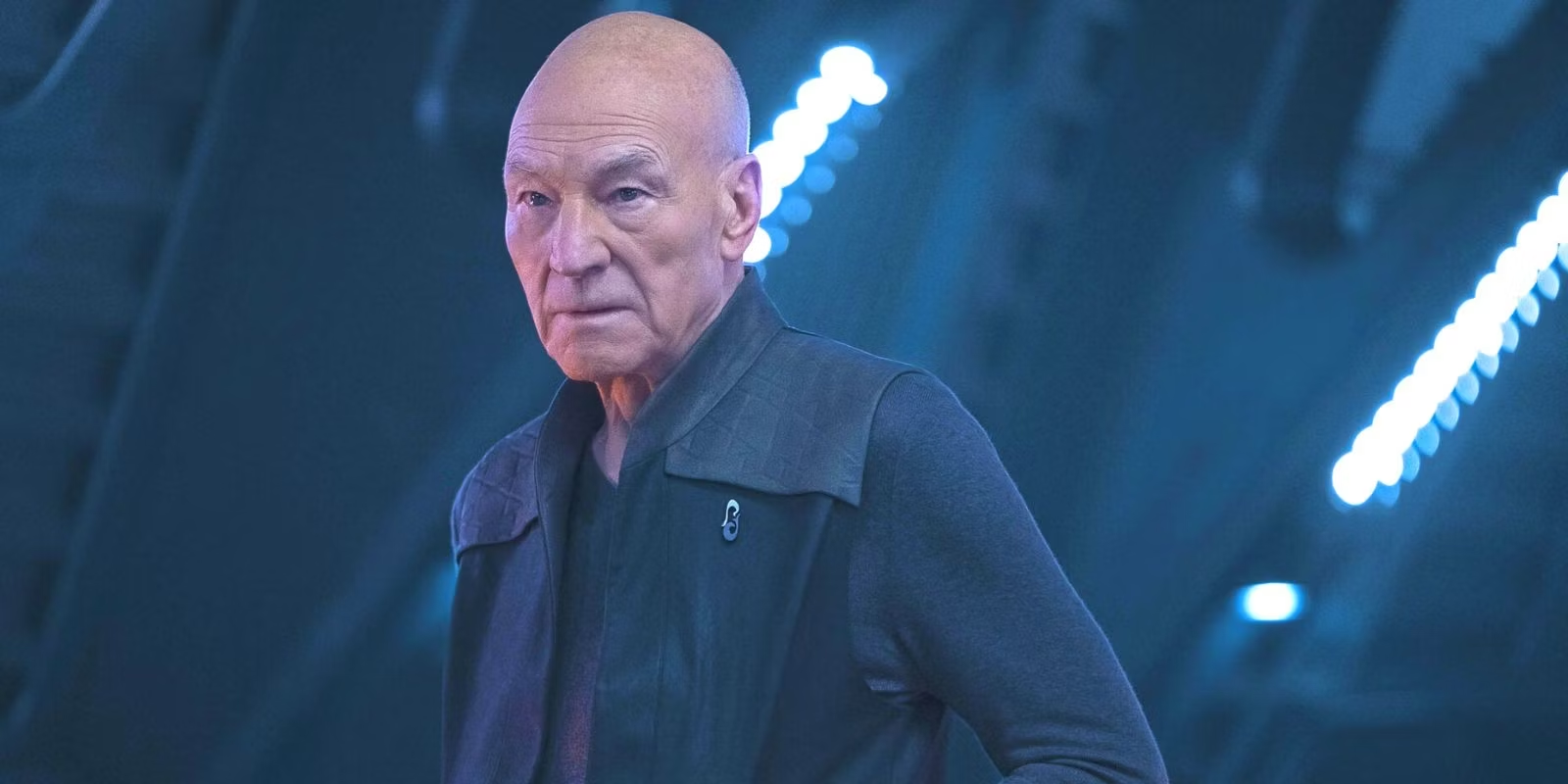
Upon agreeing to reprise his iconic role, Stewart set forth three specific conditions that, unbeknownst to many, would chart the course for the series’ future and eventually impact the possibility of extending it beyond three seasons. His first condition detached Picard from his familiar milieu in The Next Generation.
This was not at all a mark of disrespect for my beloved fellow actors. Rather, I simply felt it was essential to place Picard in entirely new settings with entirely new characters.
This move ensured that the series would offer a fresh perspective on Picard’s life, distinct from the ensemble dynamics of the original series.
The Unconventional Path of a Beloved Captain
Stewart’s second condition further underscored his desire for a transformative narrative: Picard would no longer serve in Starfleet, nor don any uniform or insignia. This was a bold deviation from the character’s storied past, presenting him in a more personal and vulnerable state, which was initially met with apprehension from the creators and potentially the fans.
Stewart’s firm stance on these conditions reflects his deep understanding and protective sentiment towards Picard’s character, ensuring that any new stories would remain true to the essence of his character’s legacy while exploring new dimensions of his life.
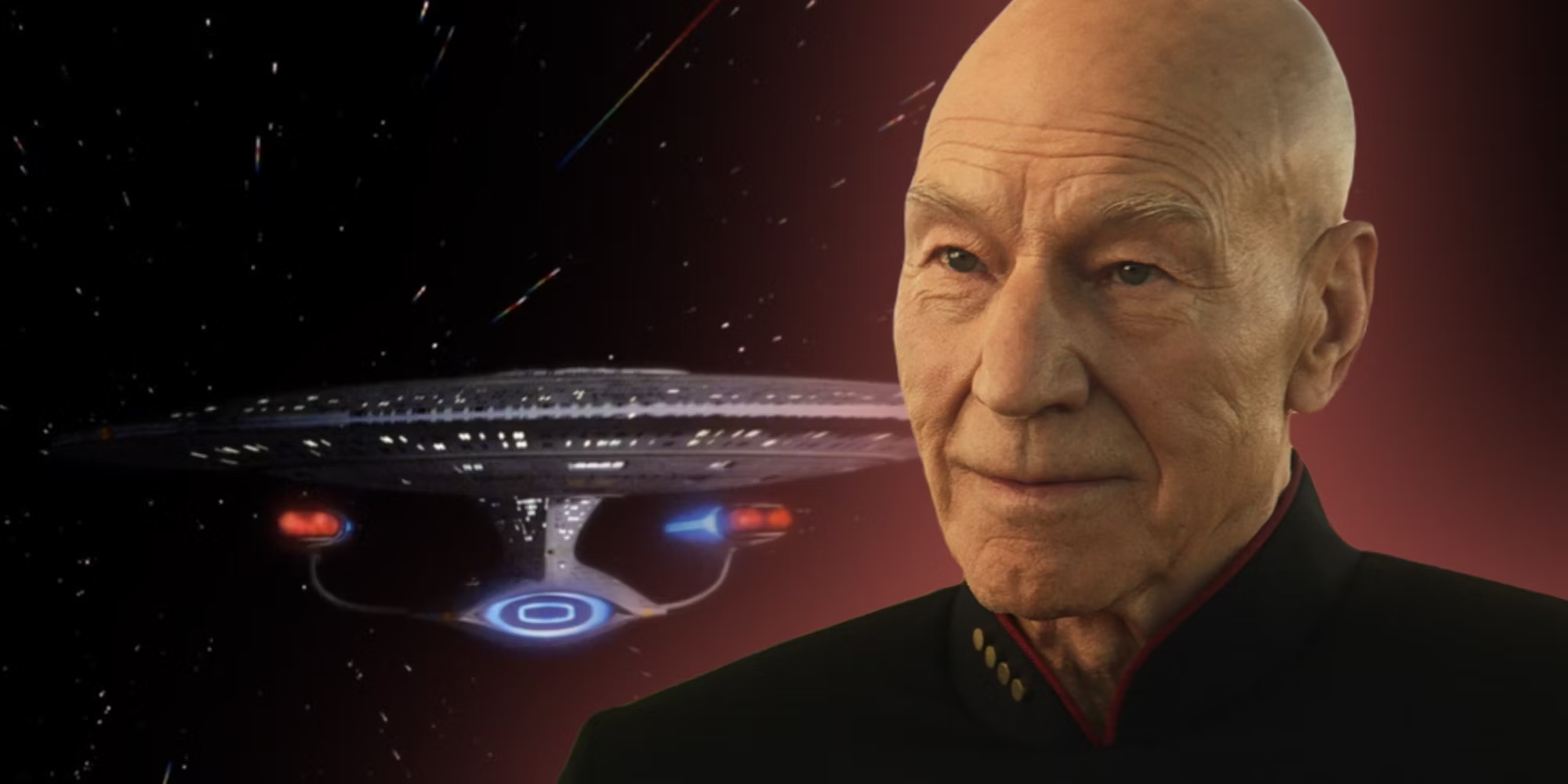
Concluding the Journey with Integrity
The third and perhaps most consequential condition was that the series would conclude after three seasons. Stewart did not wish to dilute the integrity of Picard’s arc with prolonged storytelling, which he feared might detract from the series’ quality.
I want to see Picard perfectly at ease with his situation. Not anxious, not in a frenzy, not depressed,
Stewart remarked, envisioning an ending where Picard would be content and at peace. He had even planned a serene final scene at Picard’s vineyard, which unfortunately was not filmed due to scheduling and budget constraints.
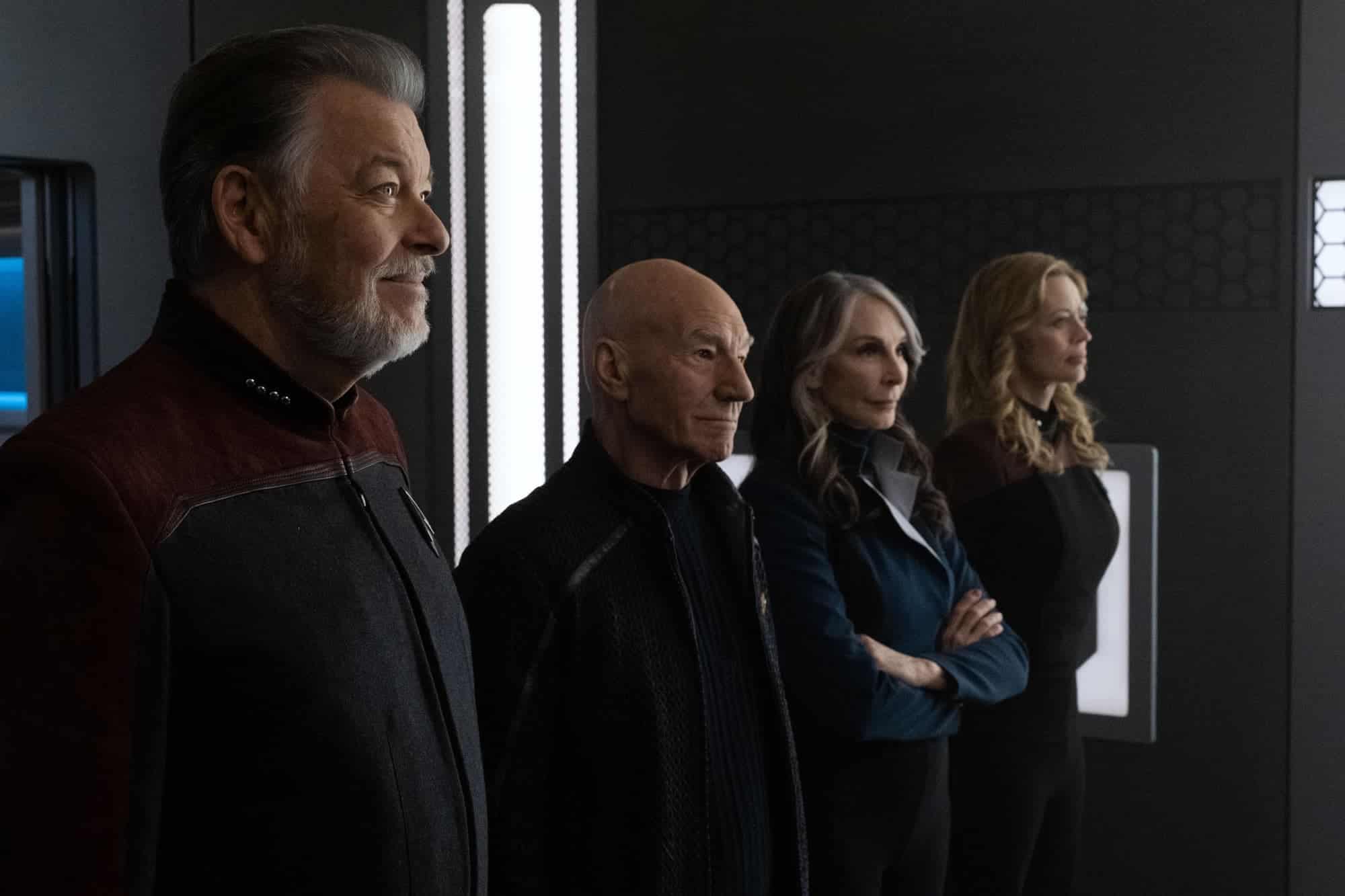
Despite these challenges, Stewart’s artistic vision remained influential throughout the series’ run. His conditions shaped the narrative structure and depth of Star Trek: Picard, making it a unique addition to the Star Trek saga. The series not only revisited a beloved character but also expanded his story in ways that resonated with both new and longtime fans.
The Future Beyond the Small Screen
As Star Trek: Picard reaches its planned conclusion, Stewart continues to advocate for his character’s legacy, hinting at the possibility of a Picard movie to potentially conclude his journey on a note that aligns with his vision. This initiative demonstrates Stewart’s ongoing commitment to the character and his belief in the story’s potential to inspire and engage audiences.
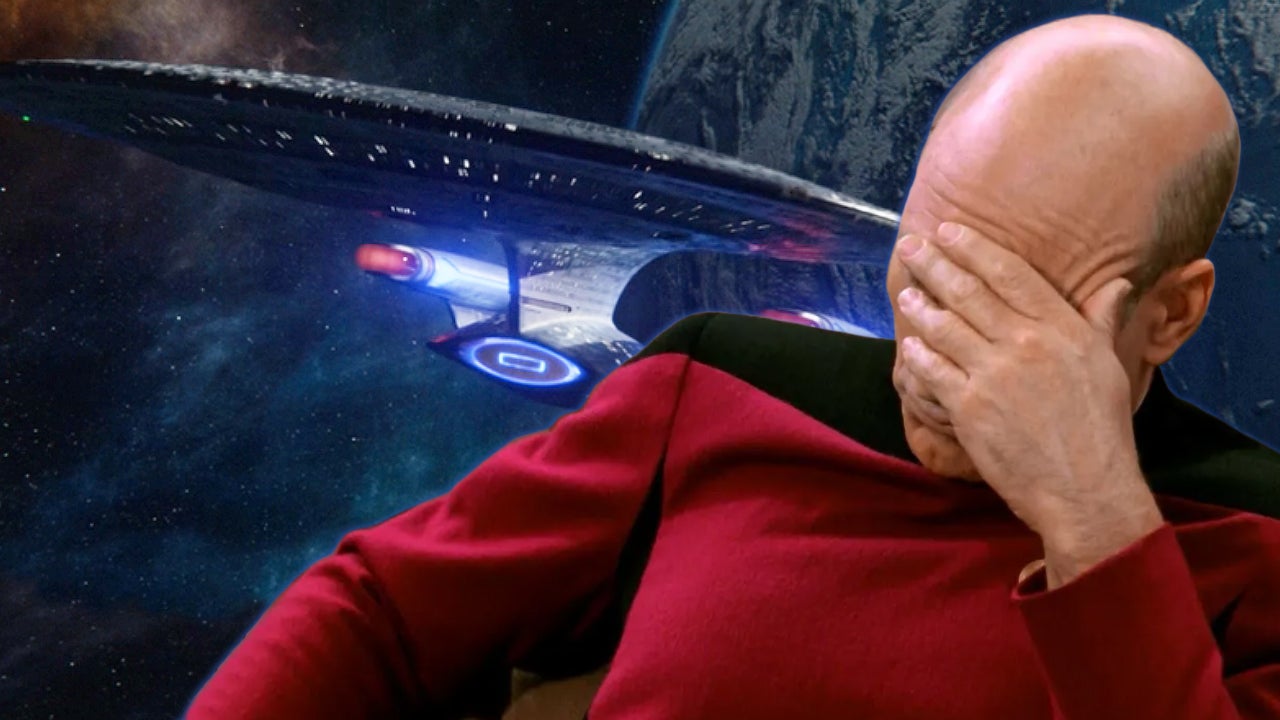
Patrick Stewart’s proactive role in defining the contours of Star Trek: Picard underscores the profound impact an actor can have on a narrative, ensuring that the story not only entertains but also remains true to its roots and respectful of its characters’ histories. As Star Trek: Picard winds down, fans are left with a richer, more nuanced understanding of Captain Jean-Luc Picard, thanks to the dedicated artistry of Patrick Stewart.
